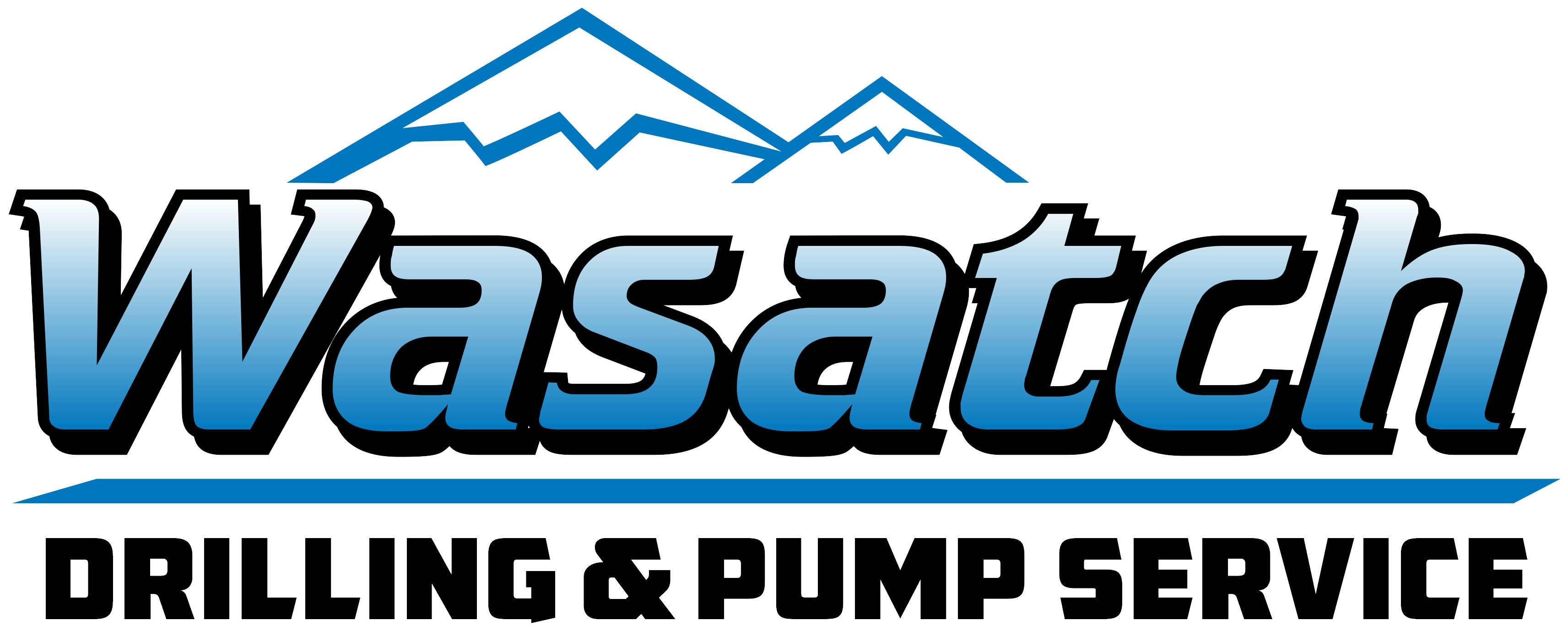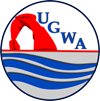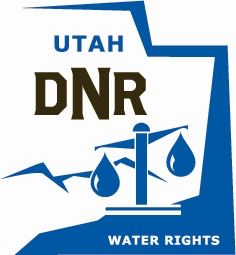Drilling a water well can be one of the most valuable long-term investments for homeowners, especially in rural areas like Northern Utah where access to municipal water systems may be limited. However, one of the most common questions homeowners ask is: “How much does it cost to drill a new well?” The answer isn’t always simple, because well drilling costs can vary significantly based on a number of factors.
Let’s break down what affects the price—and what you can expect when working with a reputable local company like Wasatch Drilling & Pump Service.
Key Factors That Influence Water Well Drilling Costs
Here are some of the biggest variables that can impact the final cost of drilling your well:
1. Well Depth
The deeper your well needs to be, the more expensive the drilling will be. Deeper wells require more labor, time, and materials—including longer casings and more powerful pumps. In Northern Utah, well depths can vary based on location and groundwater levels, typically ranging from 100 to 500 feet or more.
2. Soil and Rock Conditions
The geology of your property plays a huge role in cost. Loose, sandy soils may be easier (and cheaper) to drill through than hard granite or boulder-strewn layers. Difficult formations require specialized equipment and slower drilling speeds, which can raise your overall bill.
3. Pump and Equipment Requirements
Once your well is drilled, it needs to be outfitted with a well pump and associated equipment. The type and size of the pump will depend on your water needs and well depth. A deeper well, for example, may require a more expensive submersible pump, while a shallow well may use a more affordable jet pump.
4. Casing and Grouting
Casing lines the drilled hole to protect the water source from contaminants. Regulations often require a specific amount of casing and grout to meet health and safety standards. The deeper the well and the more casing needed, the higher the cost.
5. Permitting and Site Preparation
Before any drilling begins, your project will require permitting and site prep. Depending on your county or city, there may be fees for obtaining drilling permits or environmental assessments. Land clearing, road access, and site leveling may also add to the cost.
6. Water Yield Testing
After drilling, it’s essential to test the well’s water yield to ensure it produces enough gallons per minute (GPM) for your household needs. This process may involve additional equipment and time.
7. Distance from Power and Water Infrastructure
If your well is located far from the nearest power supply or water infrastructure, additional materials and trenching may be required to connect the system—especially if you need a pressure tank, control box, or storage reservoir.
Is It Worth It?
For many homeowners, having a private well means no more monthly water bills and full control over water quality. Over time, these benefits can easily outweigh the upfront investment.
Why Work With a Local Well Drilling Company?
Choosing a local team like Wasatch Drilling & Pump Service ensures that you’re working with professionals who understand the geology of Northern Utah, the permitting process, and how to build a well that will last. They’ll also help you determine what depth is best for your specific property, what pump you need, and how to keep your system operating smoothly for years to come.
Make the Right Decision With Wasatch Drilling & Pump Service
Drilling a well is a major project, but understanding the factors that affect cost can help you make informed decisions and avoid surprises. Whether you’re building a new home or upgrading an older system, working with an experienced well drilling company ensures you get the most reliable, cost-effective solution.
To learn more about drilling a water well in Tremonton or the surrounding areas of Northern Utah, give Wasatch Drilling & Pump Service a call. We’ll walk you through every step of the process, from site assessment to final hookup, so you can have confidence in your water supply.





